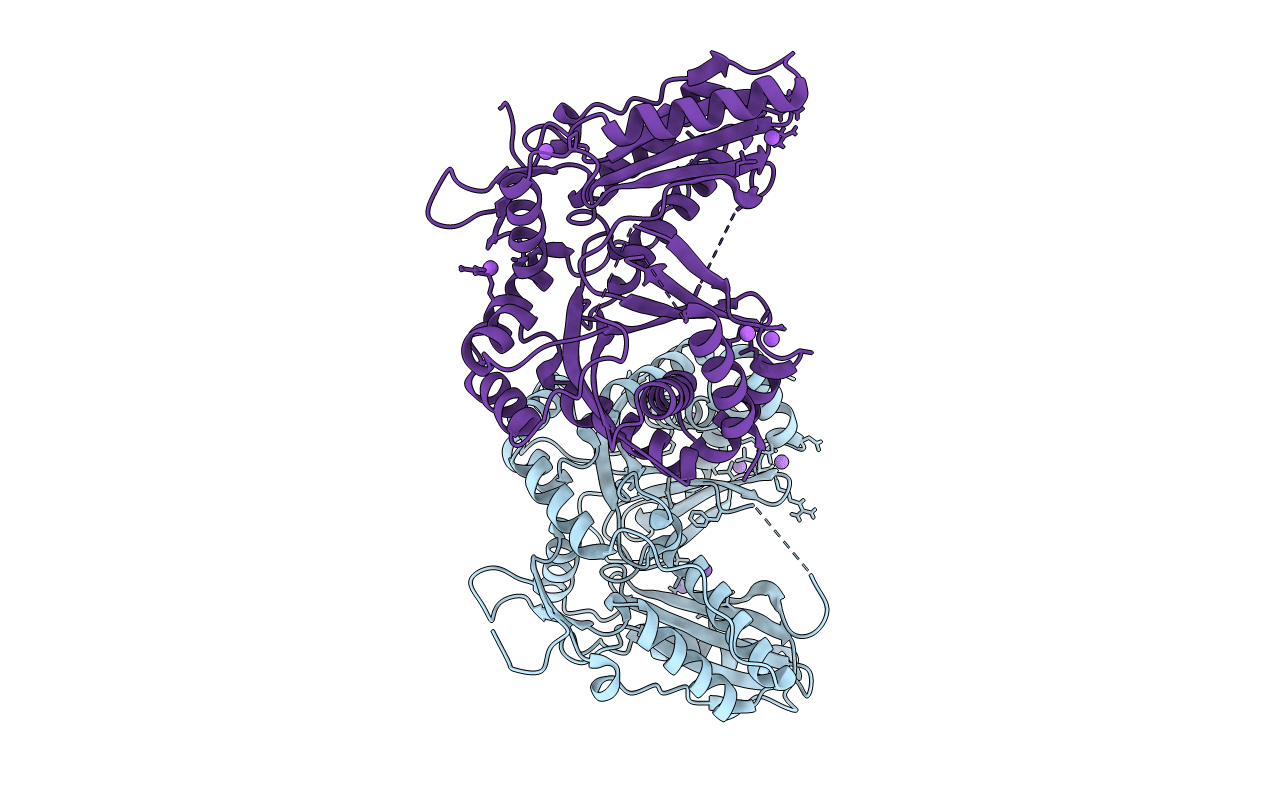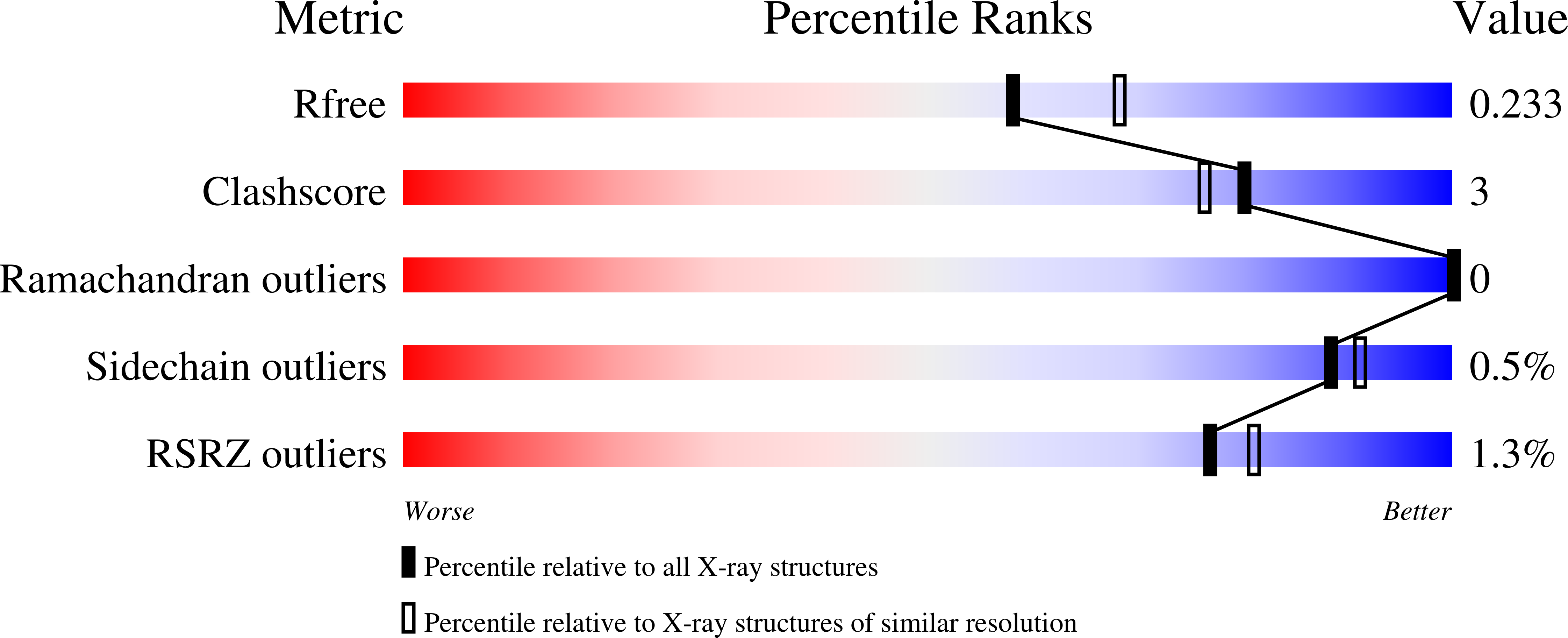
Deposition Date
2021-06-29
Release Date
2022-07-13
Last Version Date
2023-10-18
Entry Detail
PDB ID:
7R9X
Keywords:
Title:
Crystal structure of a dehydrating condensation domain, AmbE-CmodAA, involved in nonribosomal peptide synthesis
Biological Source:
Source Organism:
Host Organism:
Method Details:
Experimental Method:
Resolution:
2.14 Å
R-Value Free:
0.23
R-Value Work:
0.18
R-Value Observed:
0.19
Space Group:
I 1 2 1


